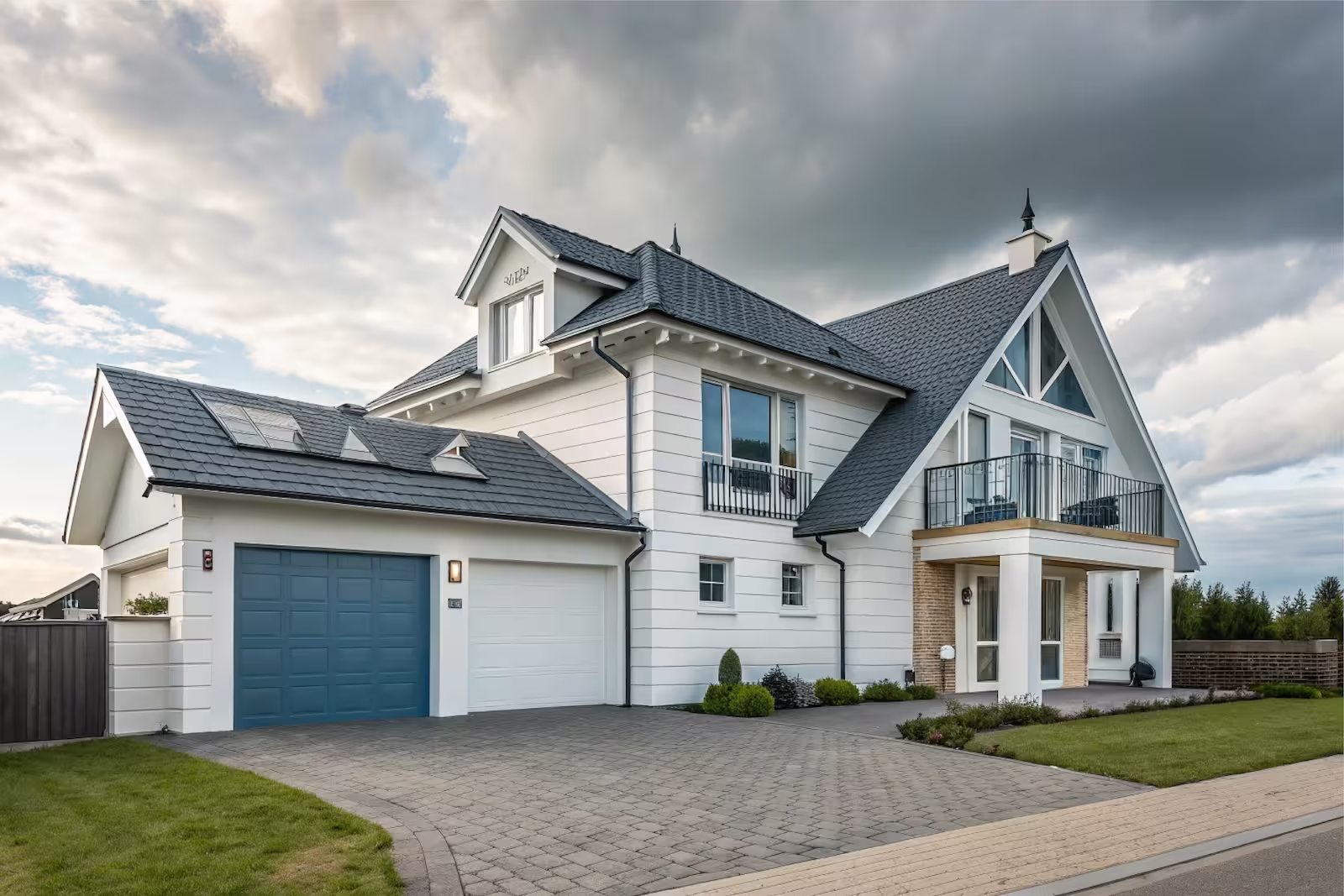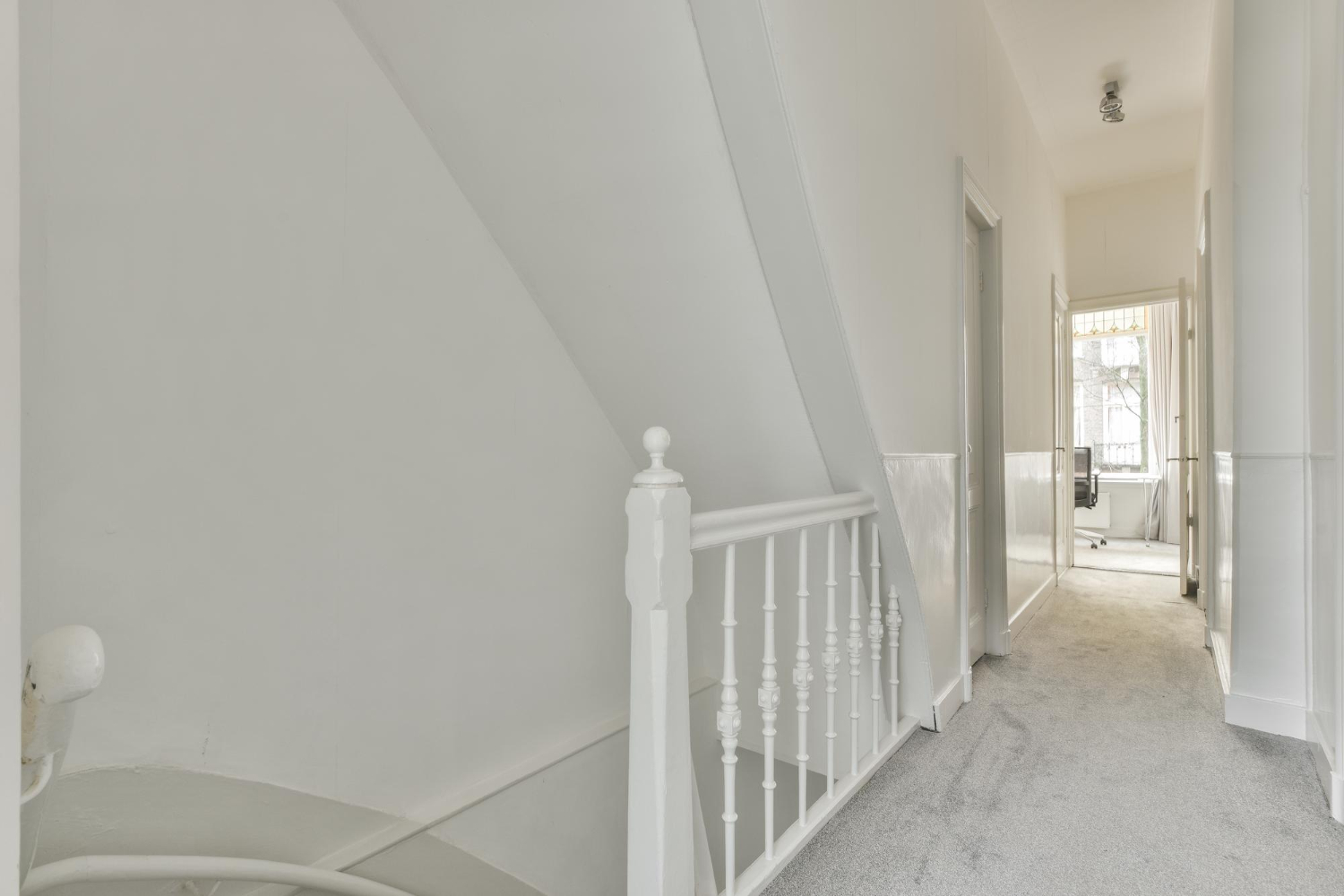
Josh Clounch
September 1, 2025

Your family keeps getting sick, but you can't figure out why.
Maybe it started with your youngest child developing a persistent cough that won't go away. Then your spouse began complaining of headaches that seem worse at home. You've noticed you're more tired than usual, especially in the mornings. The whole family seems to have more respiratory issues, and someone's always fighting something.
You've been to doctors, tried different treatments, even considered that it might be allergies. But what if the problem isn't medical—what if it's your home itself?
The reality is that indoor air can be 2-5 times more polluted than outdoor air, and the average American spends 90% of their time indoors. Your home, the place meant to protect your family, might actually be threatening their health through invisible air quality problems you never knew existed.
Let's explore the five most dangerous hidden threats that could be making your family sick—and what you can do to protect them.
Before we dive into specific threats, recognize these common symptoms that families experience when their home has air quality problems:
Respiratory Symptoms:
Neurological Symptoms:
General Health Issues:
If your family experiences these symptoms more at home than elsewhere, your indoor air quality deserves immediate attention.
What It Is: Radon is a colorless, odorless radioactive gas that seeps into homes from the ground beneath them. It's the second leading cause of lung cancer in the United States, responsible for over 21,000 deaths annually.
How It Enters Your Home: Radon moves through soil and enters homes through:
Why It's Especially Dangerous in Texas: Many homes in North Texas sit on clay soils that can trap radon, and the geological composition in certain areas creates higher risk zones. The EPA estimates that 1 in 15 homes nationwide has elevated radon levels, but some Texas communities see much higher rates.
The Health Impact: Radon decay particles attach to dust and other airborne particles that you inhale. These radioactive particles damage lung tissue over time, leading to lung cancer. The risk is significantly higher for smokers, but non-smokers are also at serious risk with long-term exposure.
Building Science Connection: Homes with air leakage problems often have higher radon levels because the same pathways that allow conditioned air to escape also allow radon to enter. The stack effect we discussed in previous posts can actually pull radon up from the soil and distribute it throughout your home.
Testing and Solutions:
Real Example: The Martinez family in Richardson discovered radon levels of 18.7 pCi/L in their basement family room—nearly five times the EPA action level of 4.0 pCi/L. After professional mitigation, levels dropped to 0.8 pCi/L, and their teenage son's respiratory issues improved dramatically.
What It Is: Carbon monoxide (CO) is a colorless, odorless gas produced by incomplete combustion of fossil fuels. It's called the "silent killer" because it's completely undetectable without proper equipment, yet it can be fatal within hours.
How It Enters Your Home: CO problems typically result from:
Why Building Science Matters: Modern homes are built tighter than older homes, but many weren't designed with proper combustion air supply. When bathroom fans, kitchen exhaust, or HVAC systems create negative pressure, they can overpower natural venting systems and pull dangerous gases back into your living space.
The Health Impact: CO binds to hemoglobin 200 times more readily than oxygen, preventing your blood from carrying oxygen to vital organs. Symptoms progress from:
The Texas Connection: Our climate means gas appliances often run year-round for water heating, and many homes use gas heating in winter. Improperly maintained or installed gas appliances combined with tight building envelopes can create deadly conditions.
Testing and Solutions:
Real Example: During a routine assessment in Plano, we discovered a gas water heater producing 47 ppm CO due to a blocked vent pipe. The family had been experiencing "winter flu" symptoms for months. After professional vent cleaning and pressure balancing, their symptoms disappeared completely.
What It Is: Mold is a fungus that thrives in moist environments. While some mold exposure is normal, indoor mold growth can produce mycotoxins and allergens that seriously impact health, especially for sensitive individuals.
How It Develops in Your Home: Mold needs three things to grow: moisture, organic material, and temperatures between 40-100°F. Your home provides plenty of organic material (wood, drywall, carpet) and comfortable temperatures year-round. The key factor is moisture from:
Why Texas Homes Are Vulnerable: Our hot, humid climate creates perfect mold conditions. When humid outdoor air infiltrates through air leaks, it can condense on cool surfaces inside air-conditioned homes. Poor ventilation compounds the problem by trapping moisture-laden air indoors.
The Health Impact: Mold exposure can cause:
Building Science Connection: Mold problems are almost always building science problems. Proper humidity control requires:
Testing and Solutions:
Real Example: The Chen family in Garland couldn't understand why their daughter's asthma had worsened after moving to their "newer" home. Our assessment revealed 73% relative humidity in the master bedroom due to poor ventilation and air leaks. After comprehensive air sealing and ventilation improvements, humidity dropped to 45% and their daughter's symptoms improved within weeks.
What It Is: Volatile Organic Compounds (VOCs) are chemicals that easily evaporate at room temperature, releasing toxic fumes into your home's air. These chemicals come from common building materials, furniture, and household products.
Common Sources in Your Home:
Why New and Renovated Homes Are Particularly Problematic: Fresh building materials off-gas most heavily during their first few years. New carpet, cabinets, paint, and furnishings can create a toxic cocktail in tightly sealed homes. Without proper ventilation, these chemicals accumulate to dangerous levels.
The Health Impact: Short-term exposure can cause:
Long-term exposure is linked to:
Building Science Connection: The same air sealing that improves energy efficiency can trap chemical pollutants inside your home. This is why controlled ventilation is crucial—you need to bring in fresh air while maintaining energy efficiency.
Testing and Solutions:
Real Example: After renovating their Frisco home, the Thompson family experienced persistent headaches and fatigue. VOC testing revealed formaldehyde levels 3x higher than recommended guidelines. The source was new kitchen cabinets with high-formaldehyde particle board. After installing controlled ventilation and switching to low-VOC alternatives, their symptoms resolved.
What It Is: Your home's air leaks don't just waste energy—they allow unfiltered outdoor air pollutants to enter your living space, bypassing your HVAC system's filtration.
Common Outdoor Pollutants Entering Texas Homes:
How They Enter Your Home: Air leaks around:
Why This Is Getting Worse: Climate change is increasing both wildfire smoke events and high ozone days in Texas. Meanwhile, urban development brings homes closer to pollution sources like highways and industrial areas.
The Health Impact: Unfiltered outdoor pollutants can cause:
Building Science Solution: Controlled air exchange allows you to:
Real Example: The Rodriguez family in Fort Worth noticed their allergies were worse at home than at work. Air leakage testing revealed their home was pulling in unfiltered air from a busy street. After comprehensive air sealing and installation of a controlled ventilation system with high-efficiency filtration, their allergy symptoms decreased significantly.
Indoor air quality problems aren't random—they're directly connected to how your home performs as a system. Here's how building science principles protect your family's health:
Rather than relying on random air leaks, building science creates controlled ventilation that:
Proper pressure balancing ensures:
Comprehensive humidity management prevents:
Building science identifies and eliminates pollution sources:
Many homeowners try to address air quality concerns with store-bought detectors and monitors. While these can provide some basic information, they have significant limitations:
Protecting your family from indoor air quality threats requires a systematic building science approach:
Some air quality situations require immediate professional attention:
Many families hesitate to address air quality concerns due to cost worries. Here's the reality of investing in healthy indoor air:
Indoor air quality threats are invisible, but their impact on your family's health is very real. Every day you delay addressing these issues is another day your family is exposed to potential harm.
The good news is that building science provides proven solutions to create healthy indoor environments. With proper testing, source control, and controlled ventilation, you can transform your home from a potential health threat into a true sanctuary that protects and nurtures your family.
Don't let your home continue to threaten your family's health. Our Building Performance Institute certified specialists use advanced diagnostic equipment to identify all five hidden air quality threats and create comprehensive solutions that work.
During your free comprehensive air quality assessment, we'll:
Your family's health is too important to leave to chance. Let building science create the healthy indoor environment your family deserves.


